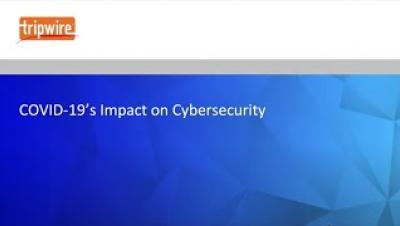Copied master key forces South African bank to replace 12 million cards
Fraudsters stole more than $3.2 million from the banking division of South Africa’s post office, after – in a catastrophic breach of security – employees printed out the bank’s master key. According to South African media reports, the security breach occurred in December 2018 when a copy of Postbank’s digital master key was printed out at a data center in Pretoria.





